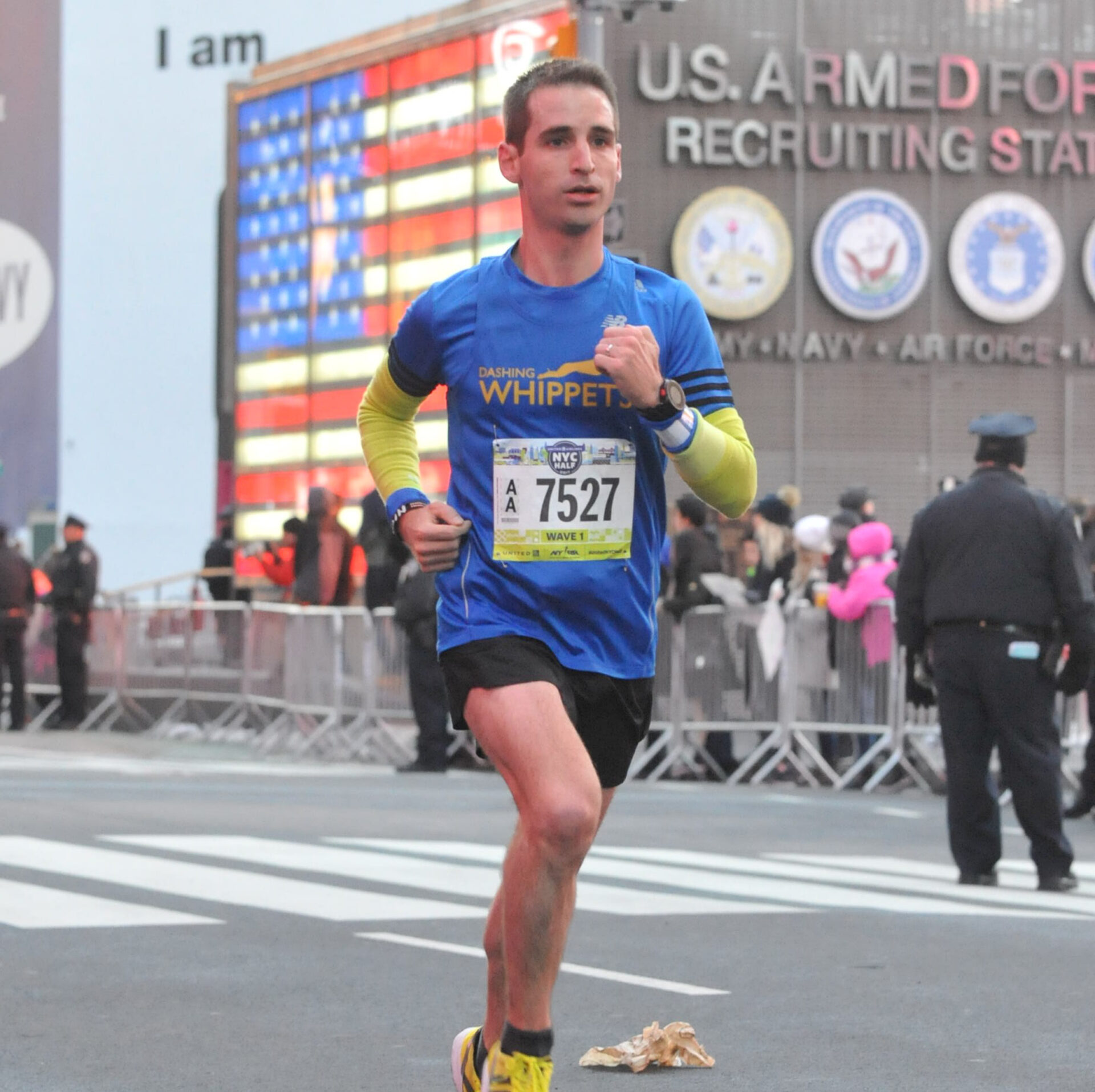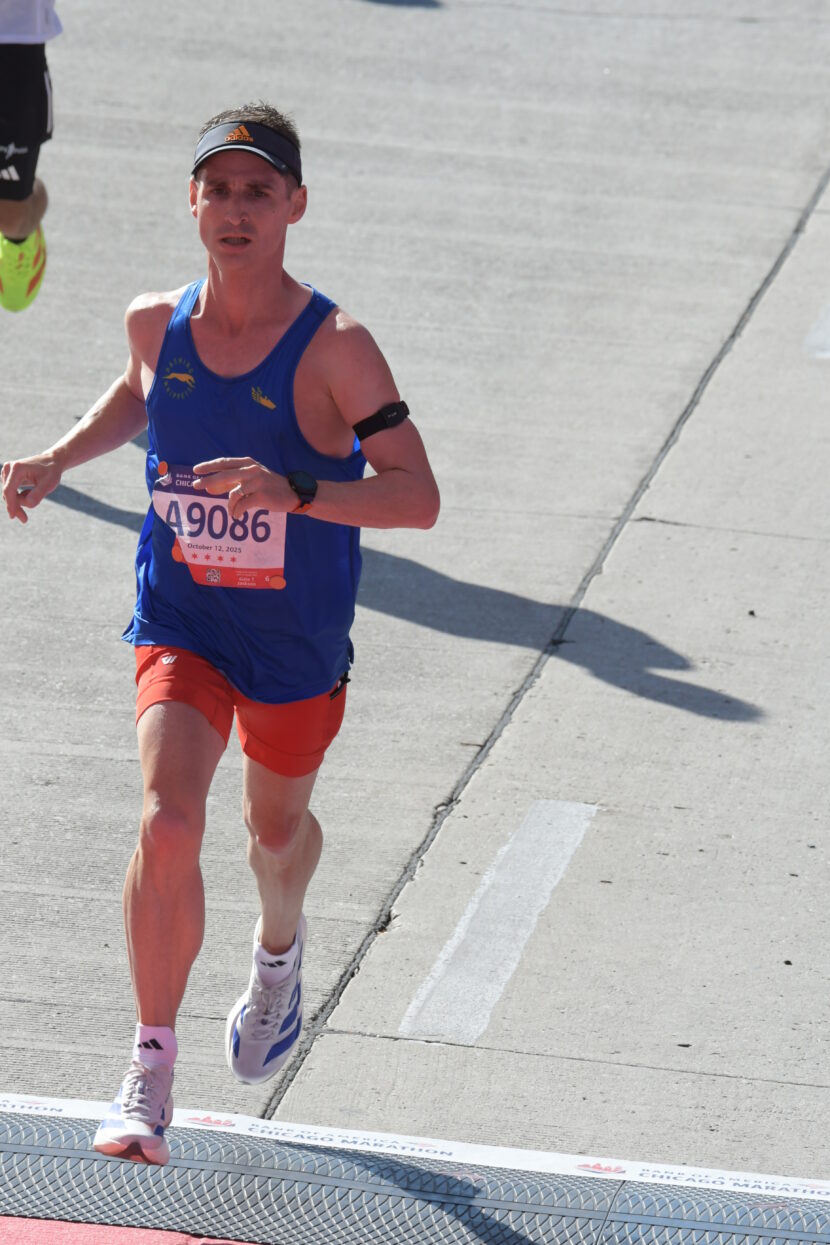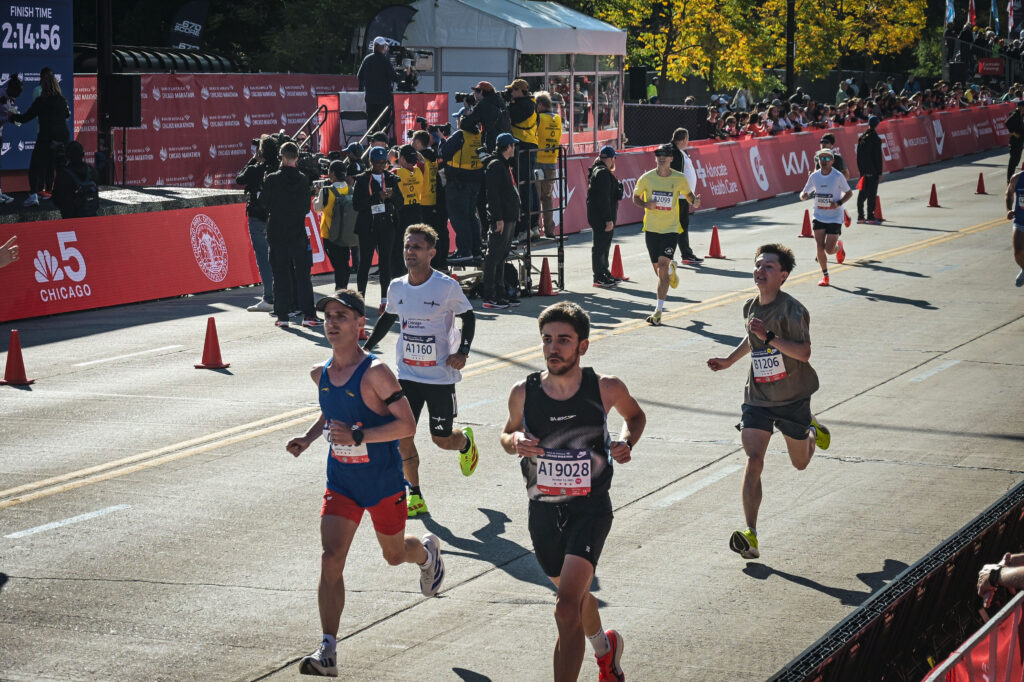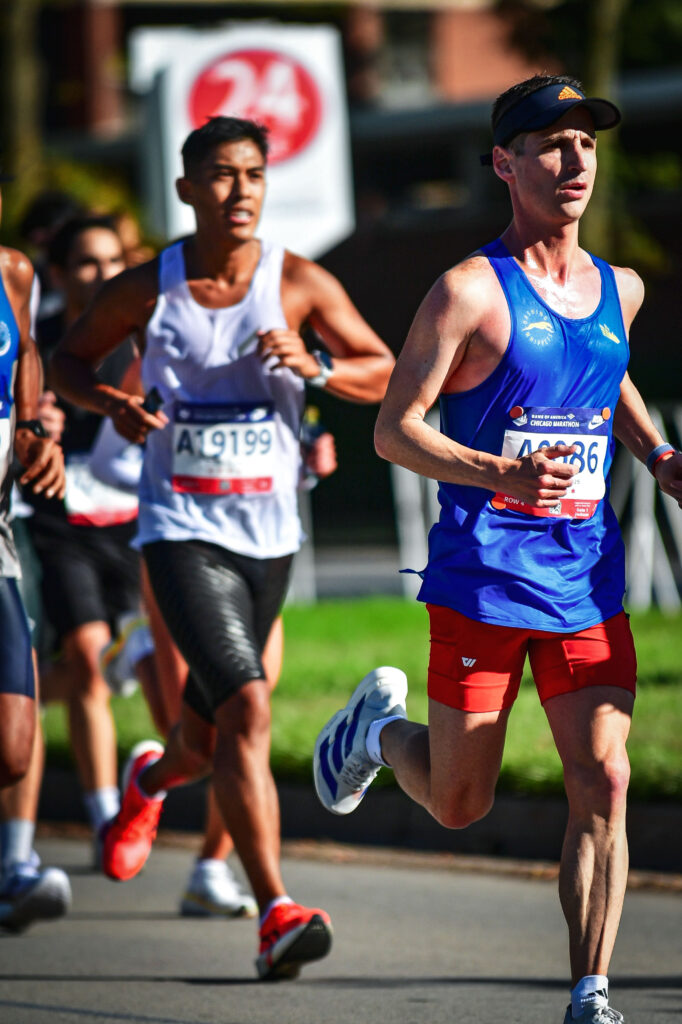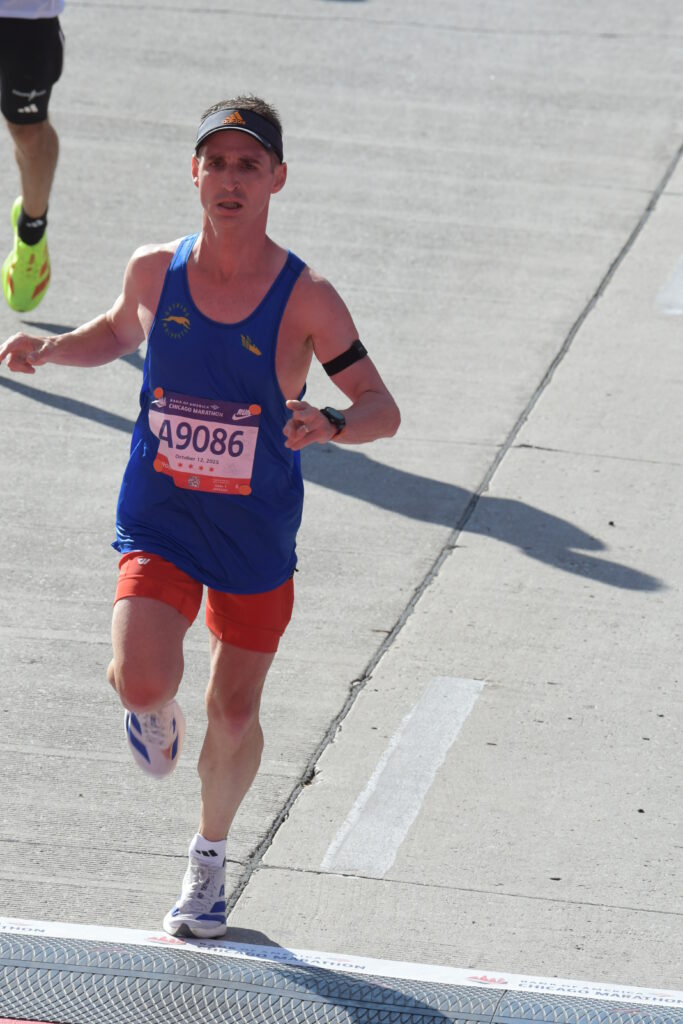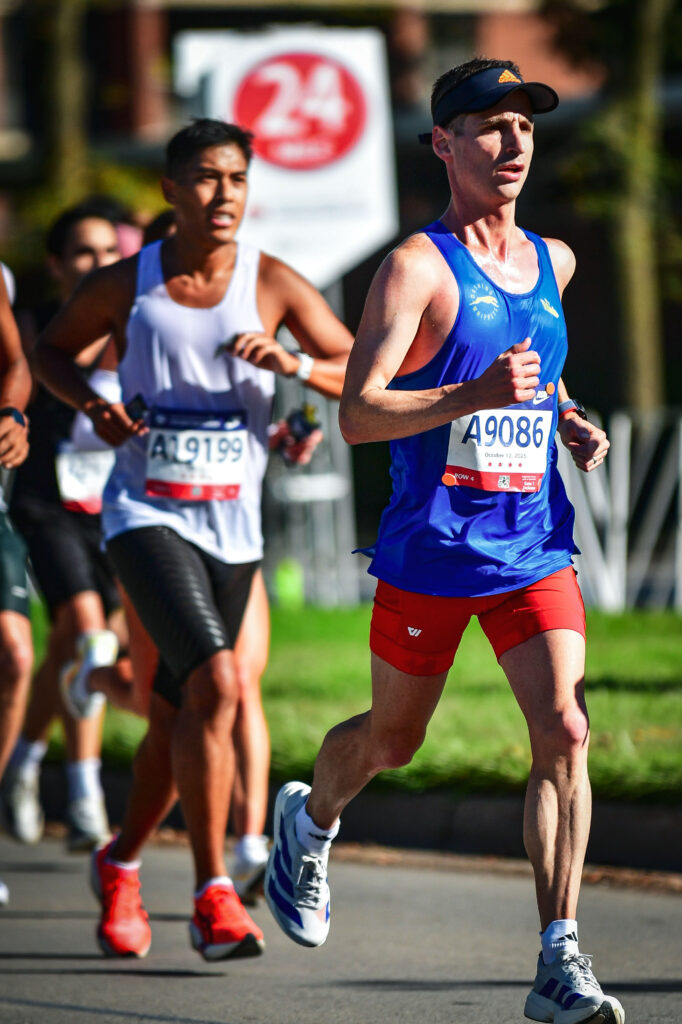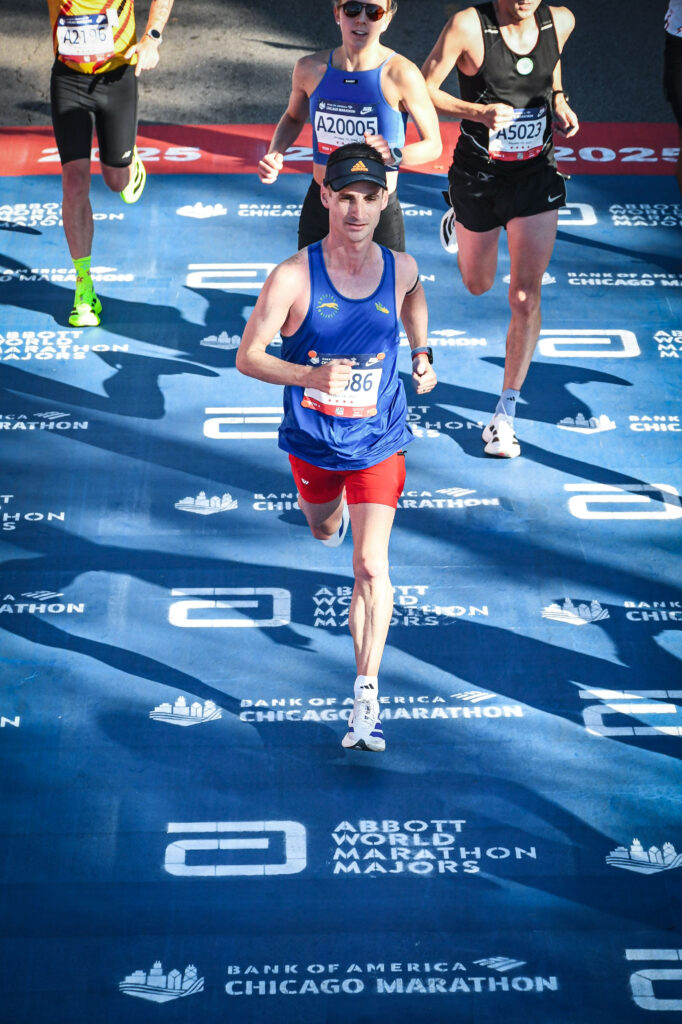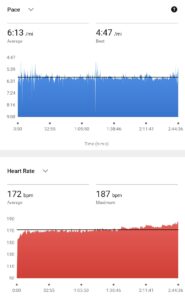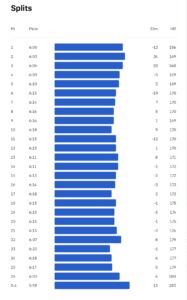Traveling to run in a World Marathon Major usually imposes its own set of challenges logistically, mentally and physically. In actuality, the organizers and the city of Chicago made an event of this scale much more relaxed than I anticipated. All fitting, because relaxed basically summarizes how I approached this edition of the Chicago Marathon.
I will start with the training aspect. This summer I changed my approach to focus on sustainable and repeatable weeks; much in line with Marius Bakken and the Norwegian training approach. Not so much double threshold, but the accumulation of as much sustainable training load as possible. I also took another influence from the cycling world: CTL—those who know, know. Basically, I’m emphasizing progressive overload.
I arrived at this approach because I knew the challenges of sustaining how I previously trained. I also rooted my decision physiologically. Although, I buffer lactate well at my threshold (Daniel’s definition of LT2), I tend to lack efficiency at the intensities under it. Not a problem for distances up to the half-marathon (not surprisingly, my best event), but possibly an issue for an event lasting over two hours. Succinctly, I still have much room to grow aerobically, even after eleven years of running!
I started this framework 20 weeks out from Chicago, averaging around 60 miles per week of running. I peaked at 67 miles and did not feel the need to taper because of the sustainability of the training. For the marathon itself, I wrote down my goal of executing a smart and well-executed race while not focusing on an unsupported time goal. Simply, I’m thinking very long term. Intuitively, I needed to know what marathon pace felt like in order to springboard forward into faster marathons without blowing up during the last 5-7 kilometers.
Fueling served as the catalyst for running a strong marathon. Obviously runners need more than nutrition alone, but without a comprehensive fueling plan I would have not made it past 20 miles. I followed the standard protocol of 10-12 grams of carbohydrates per kilogram of body weight, meeting my goal of consuming ~1400 grams. Fueling started two days out from race day. I topped off at ~200 grams of carbohydrates before the start. Throughout, I consumed 40 grams of carbohydrates every 20 minutes, taking water and Gatorade occasionally at the aid stations. Fortunately, my gels were liquid based. This made them easy to consume without having to worry about taking water each time. I swooshed and spit out Gatorade, tricking my brain into thinking that I took on more fuel, during the final 5 kilometers.
As for the race, it takes a great amount of focus to really concentrate and to ignore all the craziness around you in a WMM. I relied on heart rate and perceived effort more than my pace to stay controlled throughout. After all, the marathon is long! No reaching lactate threshold heart rate until around mile 20. I would check myself by talking in complete sentences throughout the course to gauge effort, occasionally glancing at my watch screen.
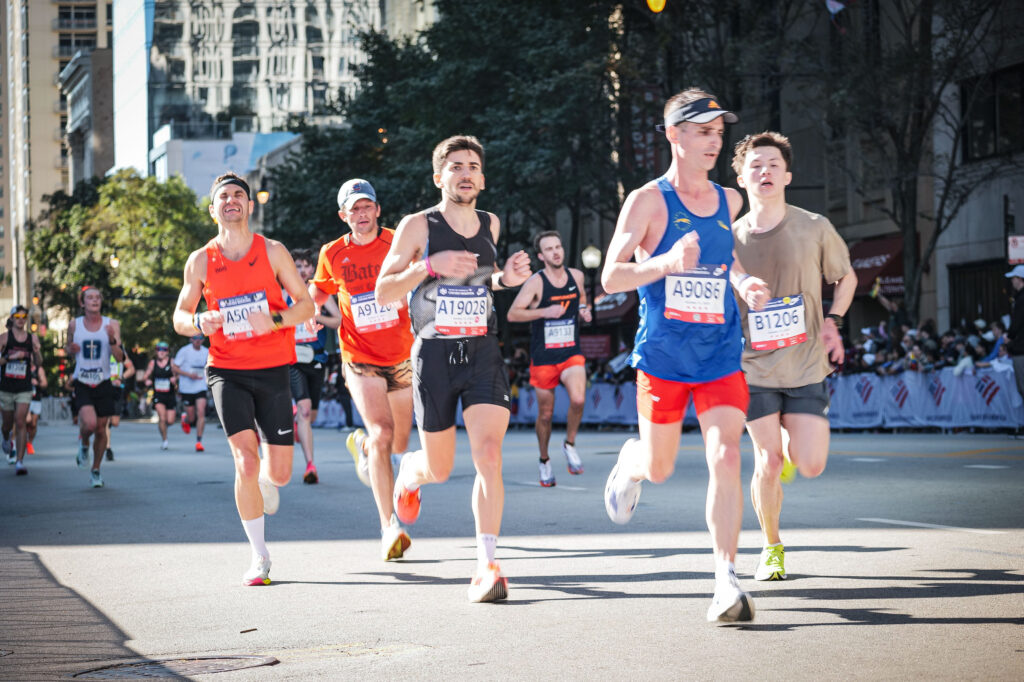
I felt pretty good at the half clocking 1:22:11, reining myself in to avoid overcooking it. To overcome any mental battle I immersed myself into the race environment. I focused on the task at hand while consistently clicking miles off one by one.
Once I hit the 20 mile mark, I played around with pace a bit; picking it up and feeling ok. In my previous marathons, I’ve always felt horrible during the last 5 to 7 kilometers. However, I experienced something different this time around. Although hard, it actually felt sustainable! I saw my family cheering right before I hit 25 miles and made the decision to really push. I felt some tightening in my calves at this point. If I did not pick it up from a mechanical standpoint trouble would await. The last mile reminded me of the 5th Ave Mile in a way. Though, what’s up with the hill on the final 800 meter stretch? Anyway, I powered through it and crossed the finish elated with my effort.
The result? I completed the 2025 Chicago Marathon in 2:44:33 by running each half in 1:22:11 and 1:22:22. A nearly perfect execution for an even effort! My second fastest time, but most significant: I finally found how the marathon should feel. In my view this is my best marathon, even if I did not run a personal best.
This is the actual starting point. I now have the training structure in place to accomplish the task of growing aerobically. I also have clarity on how to use clearer periodization in my preparations when warranted. For now, pushing everything up from below still seems like the best option for my own development.
